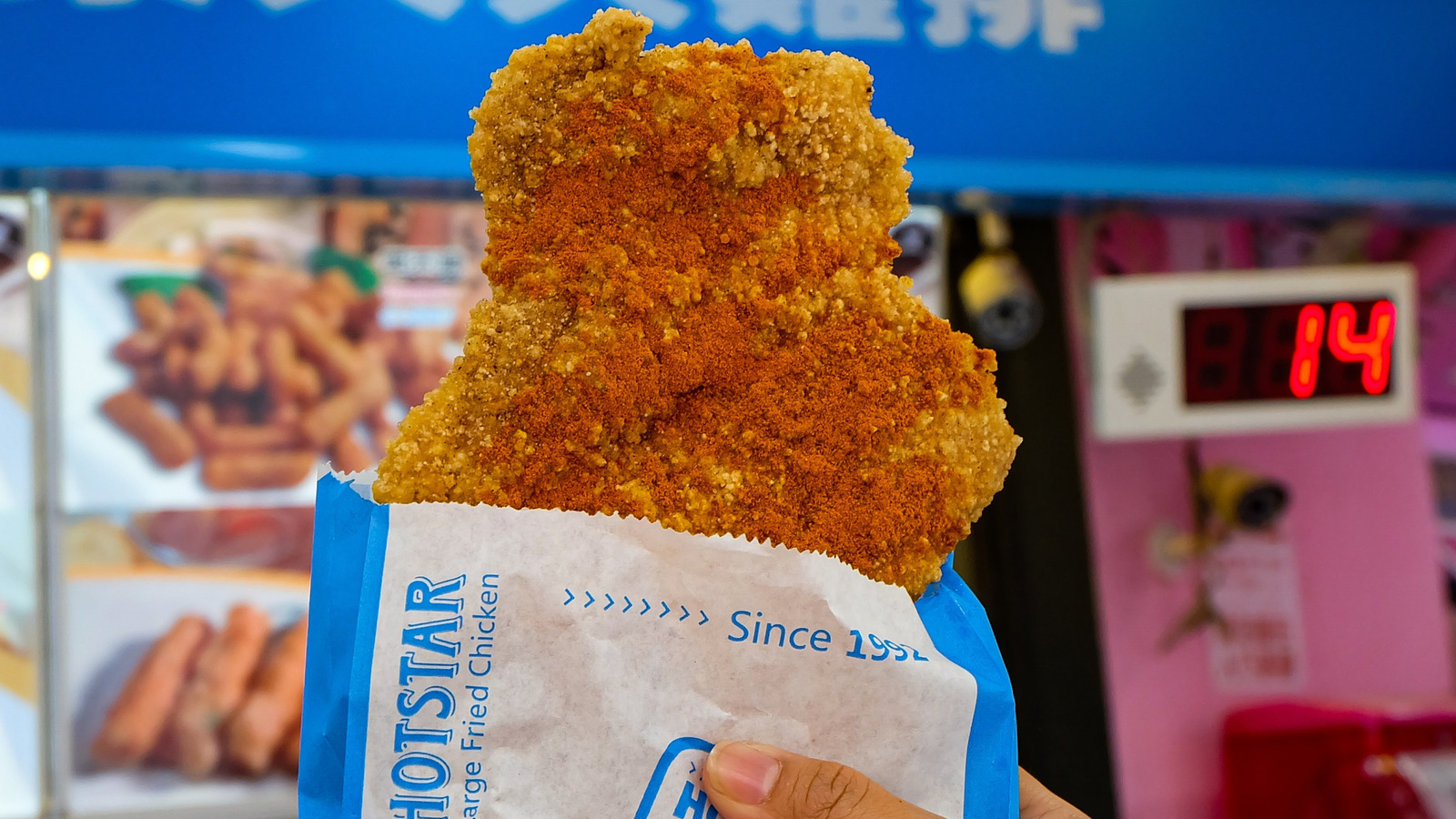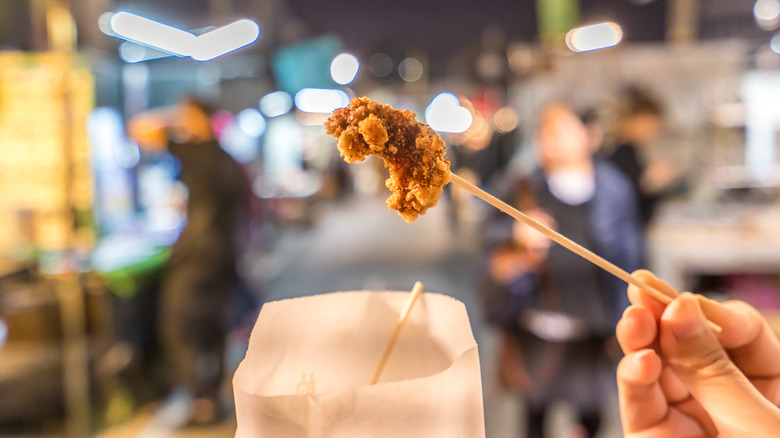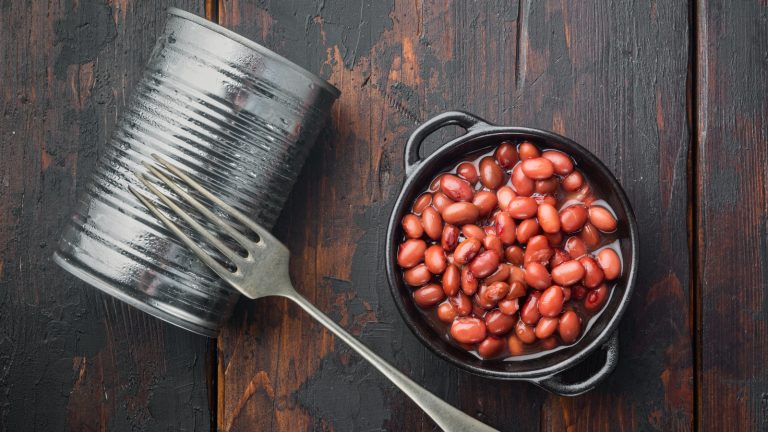Taiwanese XXL fried chicken is a staple street food at Taiwan’s night markets, making tourists fall in love with the crispy, crunchy fried outer shell that gives way to the tender, powerfully flavorful meat within. If this sounds like Southern fried chicken, well — the two do share some similarities. However, like all regional dishes, there are some significant differences.
Food Republic spoke to chef Rich Wang, owner and executive chef of Minyoli in Chicago, to learn what makes each style of fried chicken unique. “Taiwanese fried chicken, [also known as xiansu chicken], and Southern fried chicken may appear different in many ways, but they are united by one important technique,” he began. “They are both brined to ensure the meat is moist and flavorful throughout.”
But the philosophy behind the brine — and what goes into it — reflects each cuisine’s unique priorities and palate. “While American Southern fried chicken is usually brined in a spiced buttermilk solution, Taiwanese fried chicken is brined in soy sauce, garlic, and Chinese spices,” Wang told us. “Seasoning for Taiwanese fried chicken is [also] quite diverse … ranging from salt/white pepper, chili, to plum powder[,] which is what we use at Minyoli,” he said. In contrast, Southern-style chicken differs from both Northern fried chicken and xiansu chicken in that it tends to contain garlic powder, paprika, and cayenne pepper.
Taiwanese fried chicken has a distinctly light crunch
It’s not just the flavors that contrast, either. “The batter for Taiwanese fried chicken almost exclusively uses sweet potato starch rather than the flour or corn starch used in American fried chicken,” said chef Rich Wang. “While this is largely done because those are the most readily available ingredients in the respective countries, it does create a textural difference. The sweet potato starch-based batter gives Taiwanese fried chicken a distinct, lighter crunch.”
Taiwanese XXL fried chicken also typically features Taiwanese basil, which “has a slightly minty/spicy quality that imparts the extra herbal kick that is the hallmark of Taiwanese fried chicken,” Wang told us (it’s related to Thai basil). It also adds a lesser crunch, as it gets fried up, too.
“Moreover,” he continued, “because fried chicken exists in Taiwan mainly in the form of street food, it has evolved to being mostly boneless and bite size so it can be eaten with chopsticks/skewers while walking down the street/market.” In contrast, most true Southern fried chicken is definitely bone-in, in part because that’s how the Scots made it and introduced it to the American Colonies. Fried chicken from the States is typically eaten with your hands, there’s usually fluffy mashed potatoes accompanying it, and you’re plunked down at a dinner or picnic table, not strolling around.






